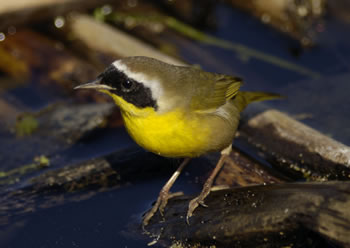In the media, EHL responded to Earth Day events and continued to fight to preserve Rancho Guejito in northern San Diego County.

In the Californian newspaper, reporter Dave Downey took stock of environmental progress since the start of Earth Day and looked toward the future (“Environment comes long way in 40 years,” April 17, 2010). EHL’s assessment was sought in arena of land use:
Dan Silver, executive director for the Endangered Habitats League in Los Angeles, said area officials also gradually realized that they couldn't let every square inch of undeveloped land be covered with a housing tract or a shopping mall. Both Riverside and San Diego counties have been national leaders in developing habitat conservation plans, which balance the needs of the environment against economic forces and the need to house Southern California's ever-expanding population, Silver said. "We're long past the day when we pave over everything," he said.
Silver said the overall challenge for the next 40 years is to go beyond separate initiatives and to incorporate environmental values into all planning . . . "We should now circle back to the original spirit (of Earth Day) and address this larger question of sustainability," he said. "It's that sort of deeper thinking that we can now tackle."
San Diego Union Tribune columnist Logan Jenkins wrote about the “sea of grass” that is Rancho Guejito (“Rancho Guejito’s future is one tough forecast,” April 5, 2010), delving into its long history and recounting a visit to a home that neighbors the 22,000-acre “cattle ranch that time forgot.” EHL was quoted regarding the implications of a recent County land use decision for the massive development proposed for Guejito:
The county’s recent rejection of a radical upzone for the 2,700-home Merriam Mountains project, which is near Interstate 15, suggests that the remote Rancho Guejito’s ambitions have been “blown out of the water,” said Dan Silver, executive director of the Endangered Habitats League.
A letter from Silver was also published in the Union Tribune’s Community Dialogue section on April 24, 2010. The letter corrected a misimpression created by the landowner’s representative that conservationists wanted the land for free. “Nothing could be further from the truth. Rather, there has been a repeatedly expressed wish to pay fair market value. All we need is a willing seller.”


